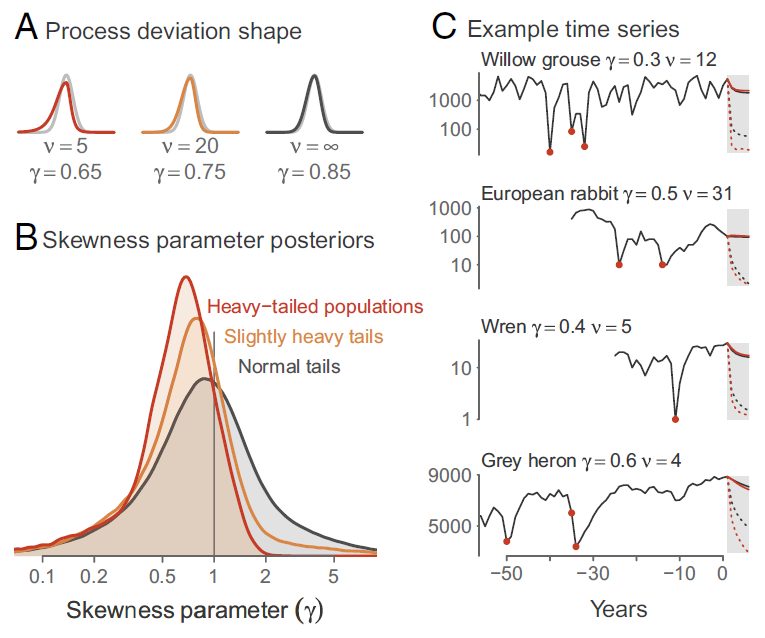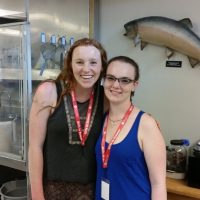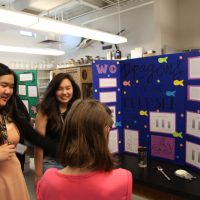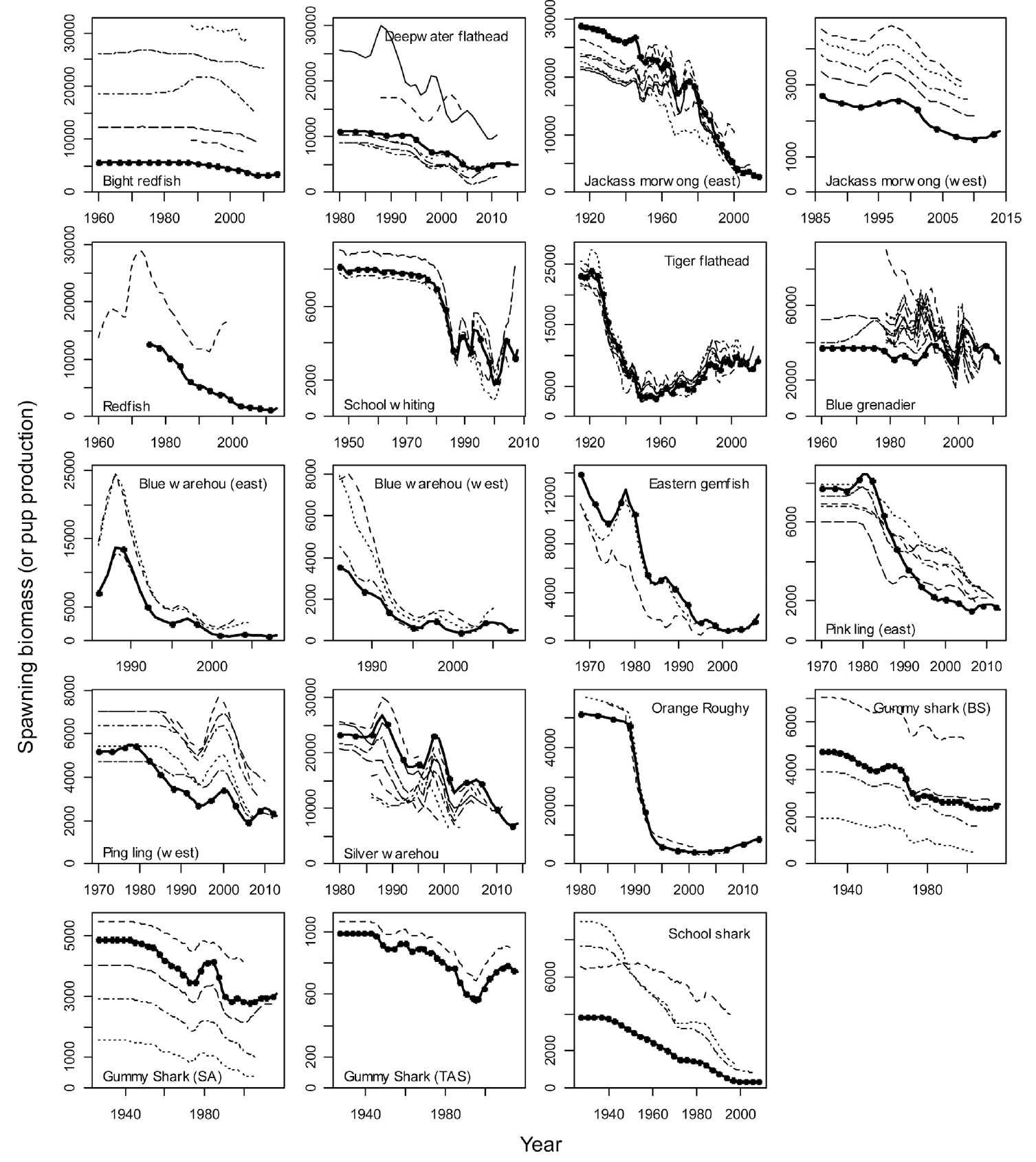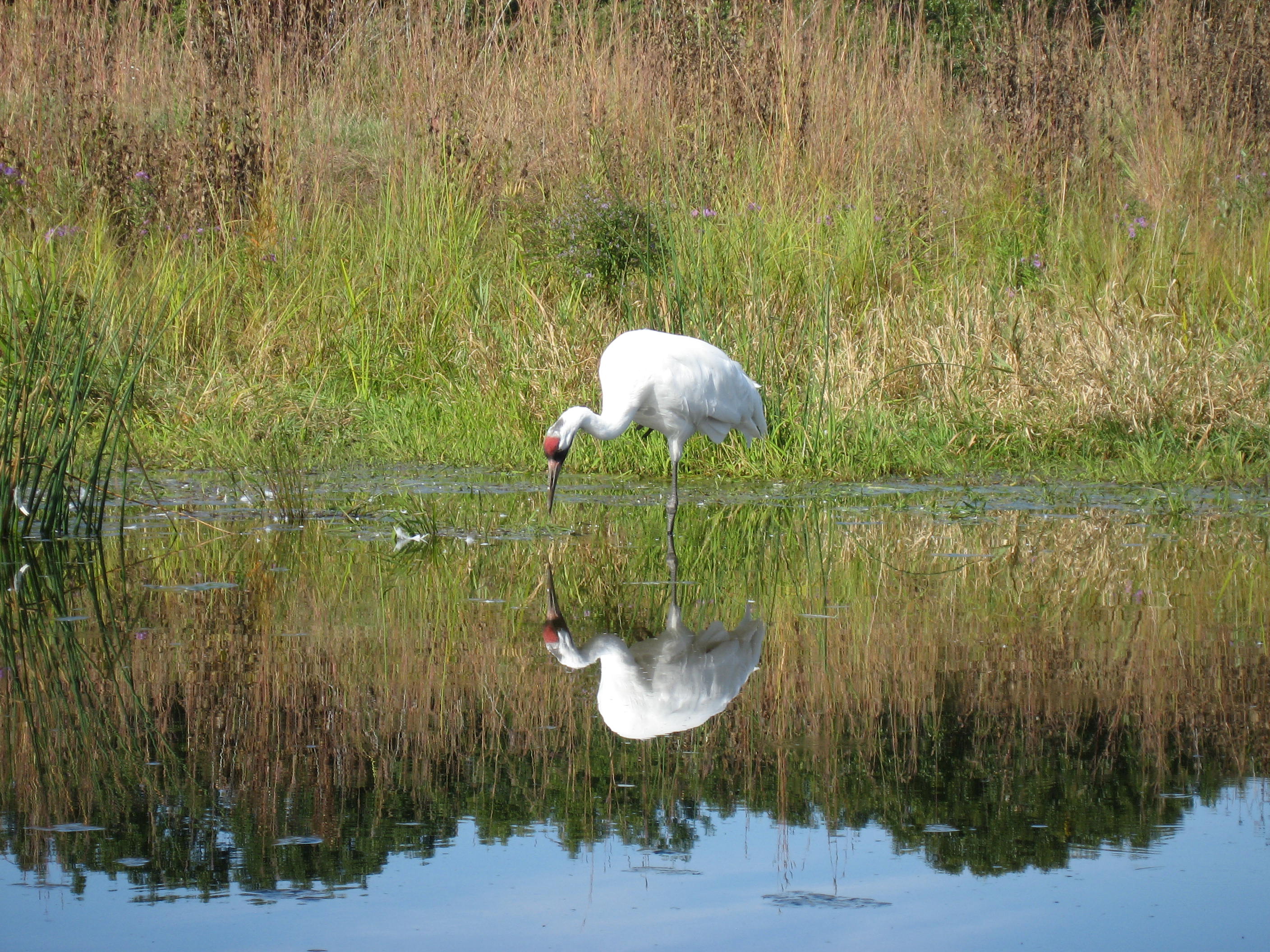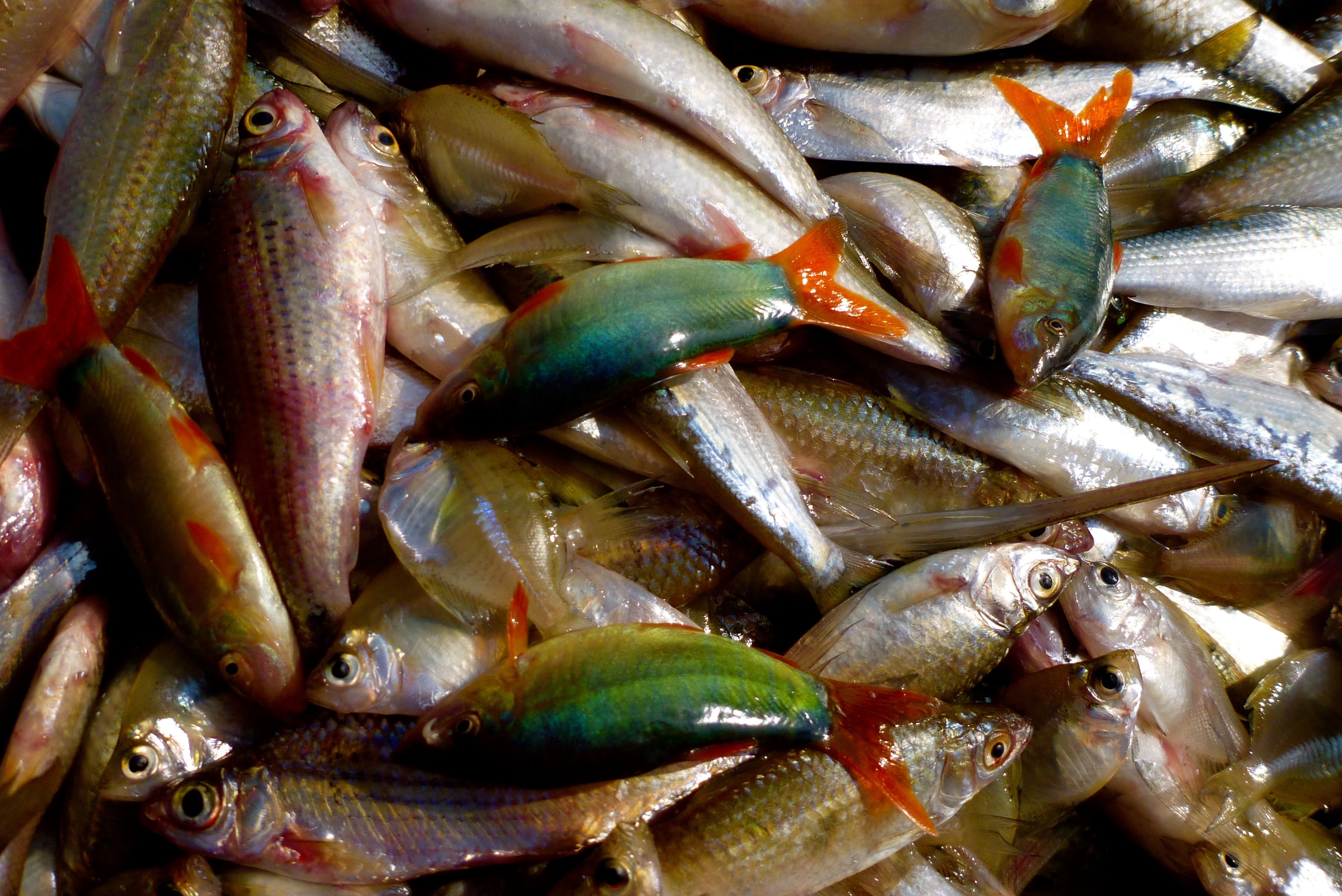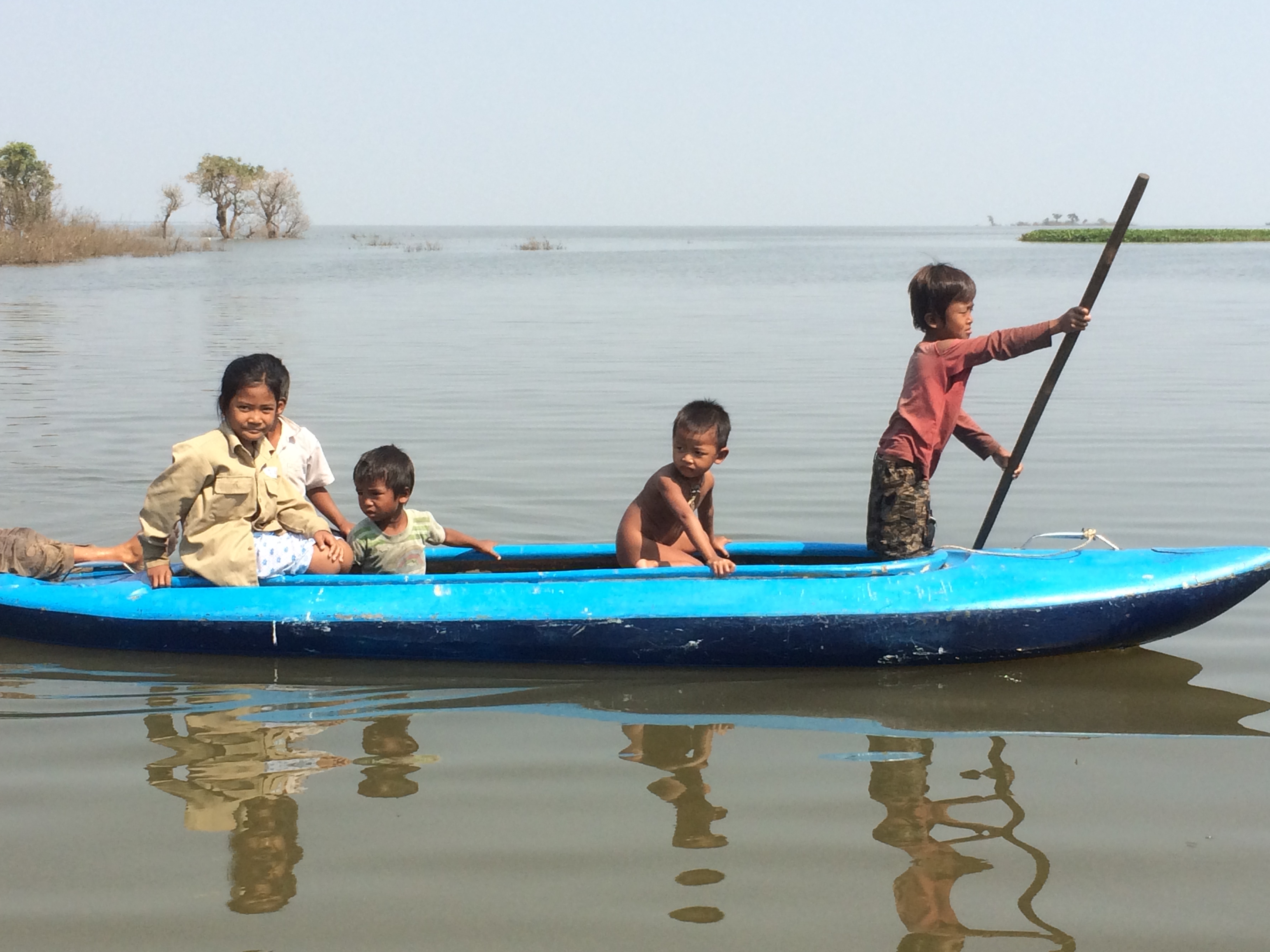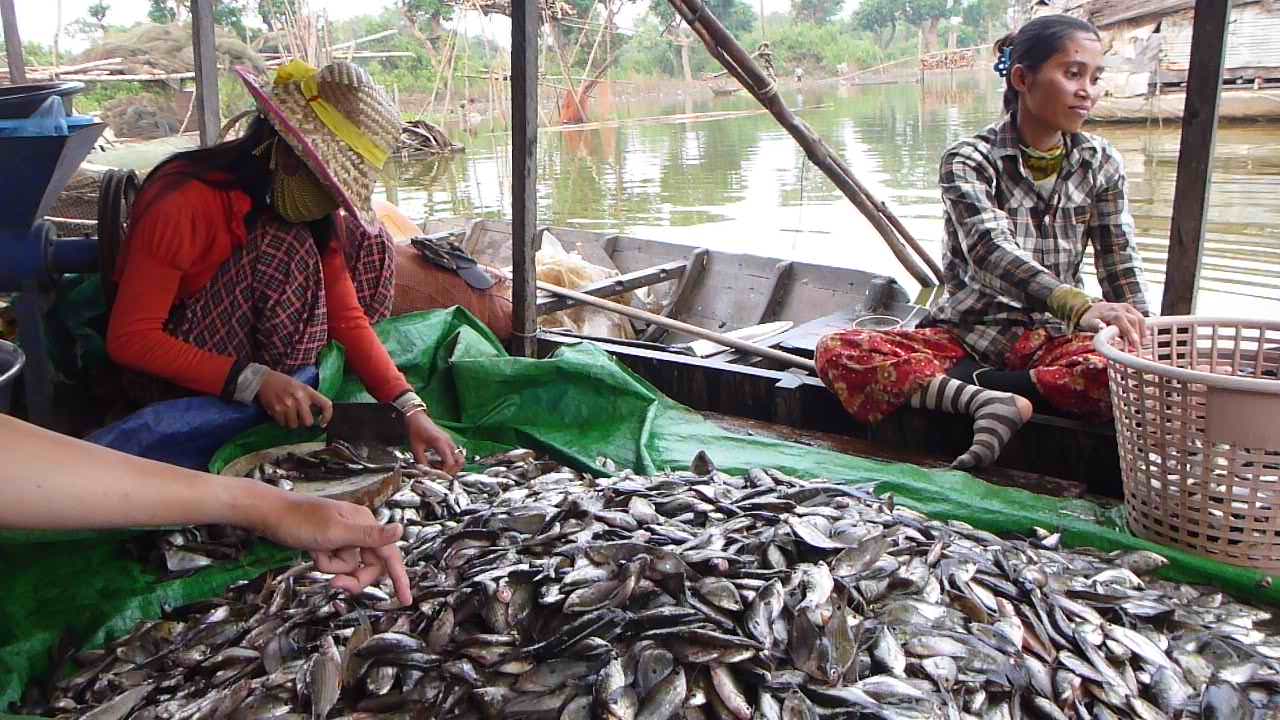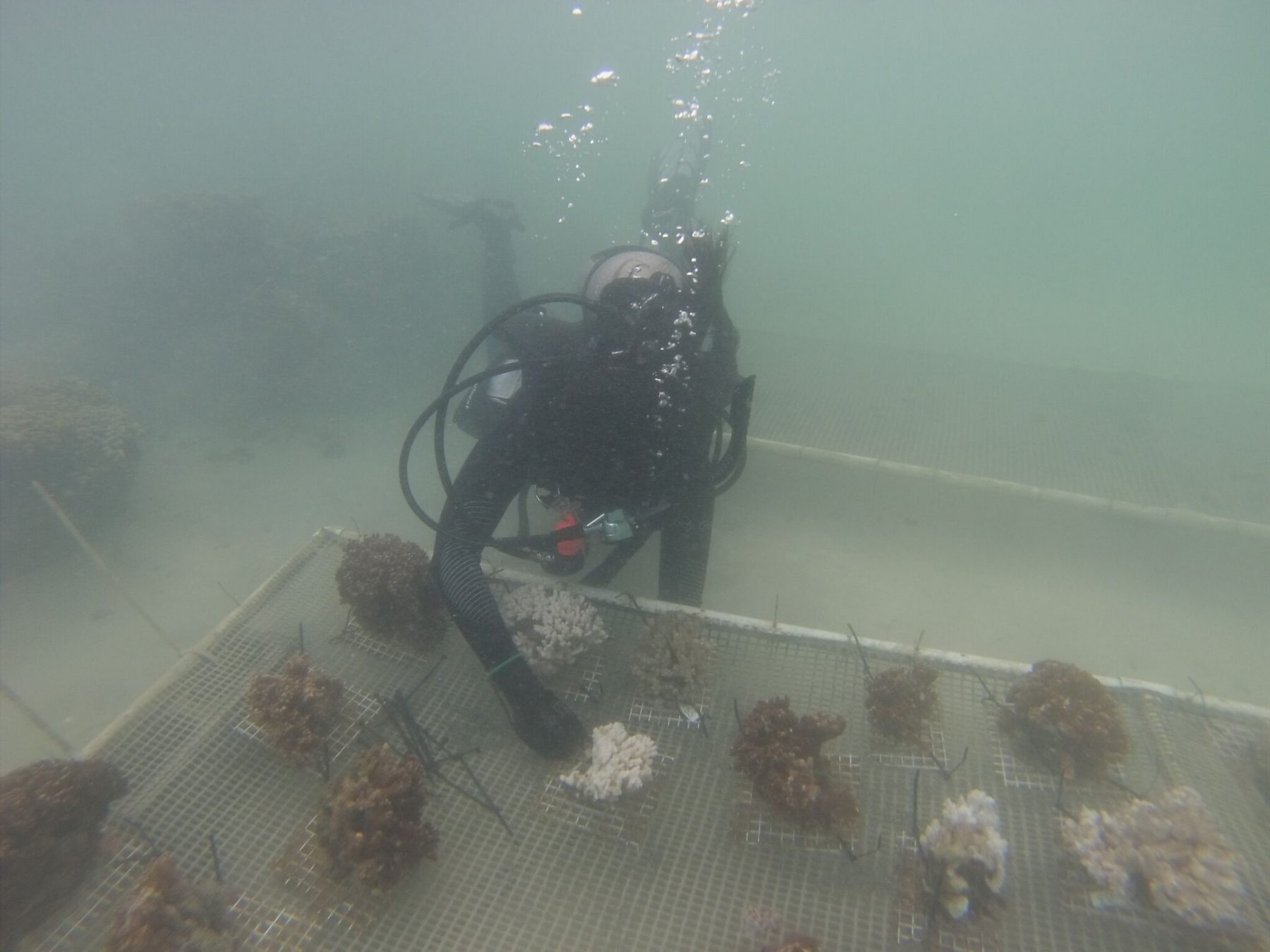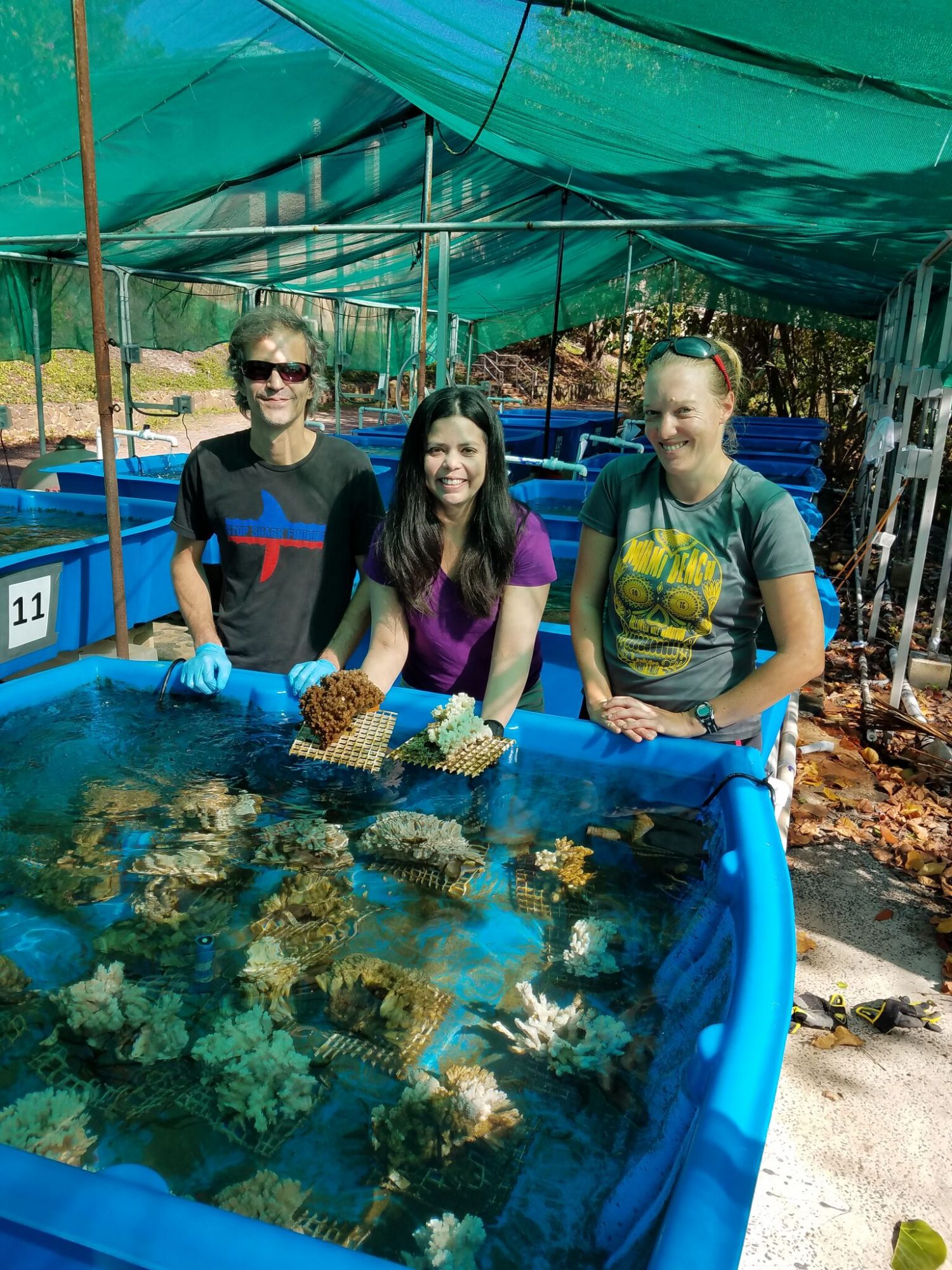Black swan events are highly improbable events that nevertheless occur, and drive risk estimation in stock market collapses, earthquake frequency, and deaths from the largest wars. But how often do animal populations exhibit surprisingly large booms and busts? A new study finds strong evidence for black swan events in about 4% of animal populations, typically driven by climate, severe winters, predators and parasites. Of particular note, 86% of the black swan events were declines in animal populations, which implies that we need to increase the probability of sudden declines when predicting extinction risk in animal populations, and not rely on predictions coming from a normal distribution. The research appears in the Proceedings of the National Academy of Sciences USA and was conducted by SAFS postdoc Sean Anderson and Prof. Trevor Branch, together with Andrew Cooper and Nicholas Dulvy from Simon Fraser University. More recently, follow-up work in response to a rebuttal acknowledges the important role of immigration and emigration in black swan events, and points out that either population die-offs are more common or that emigration is more rapid than immigration.
